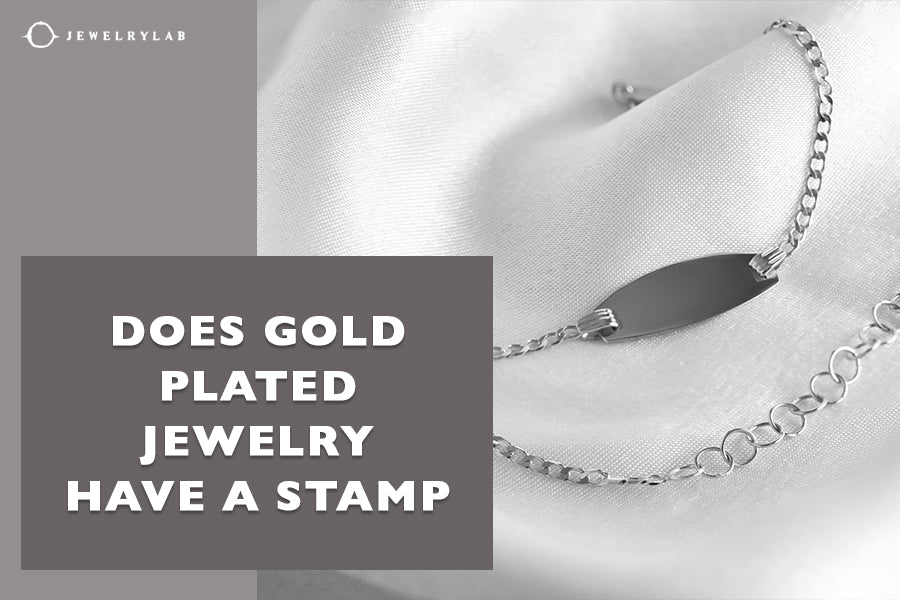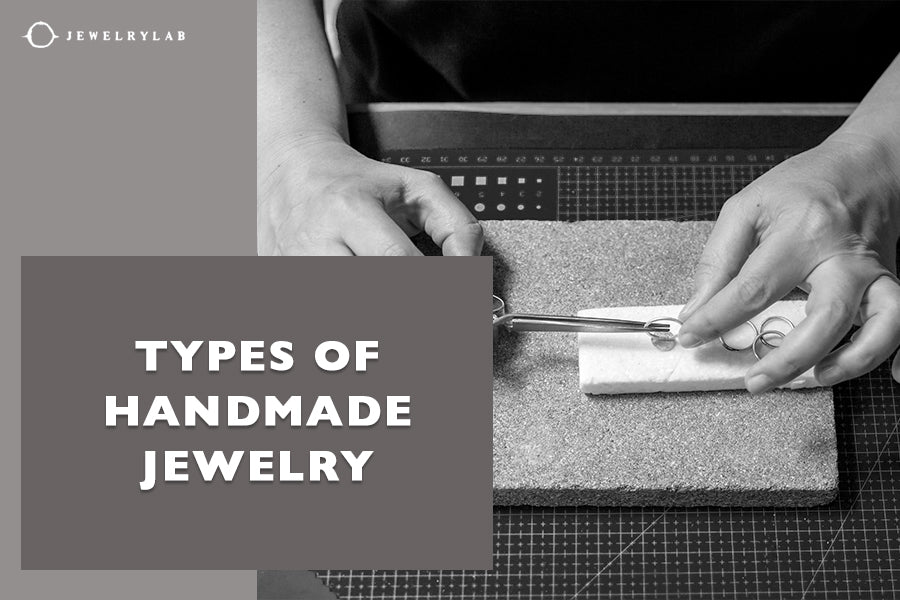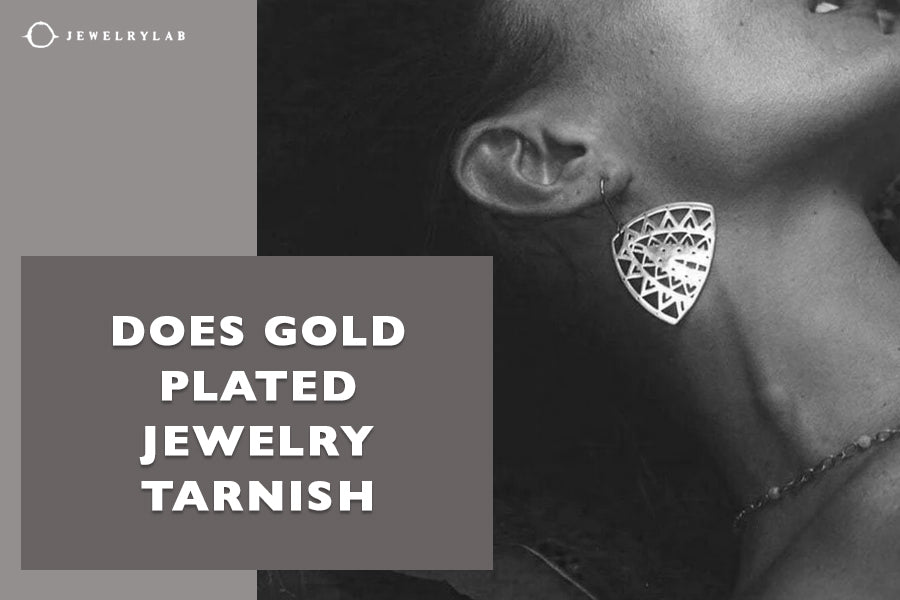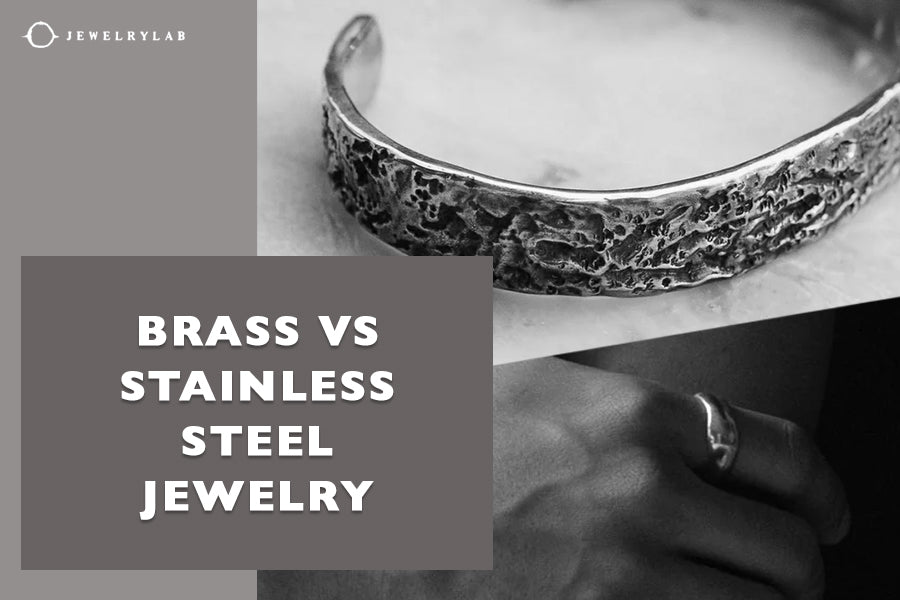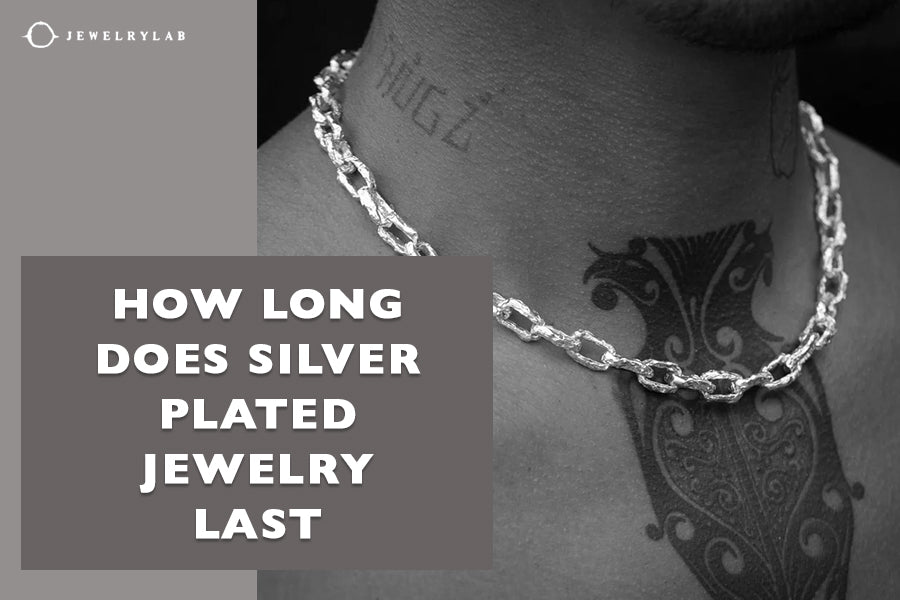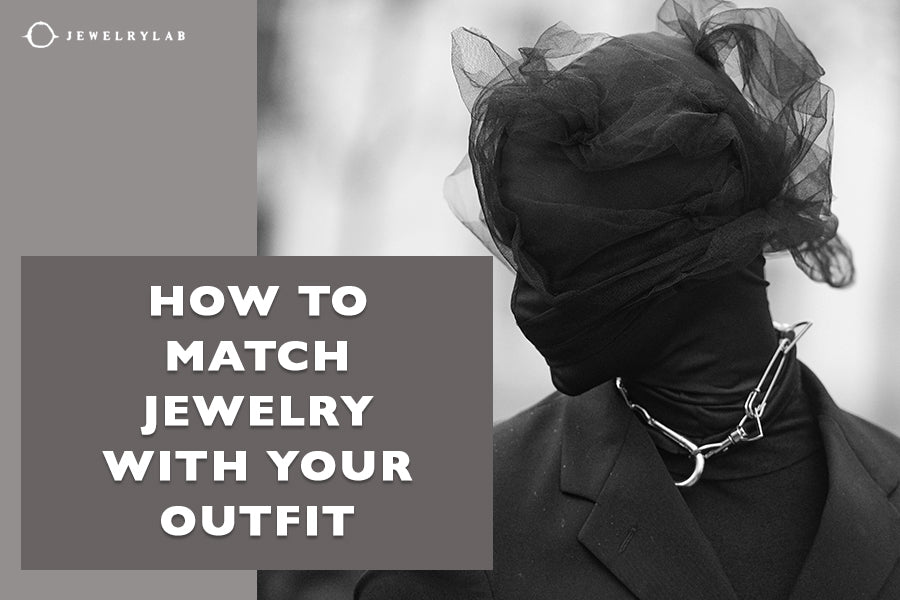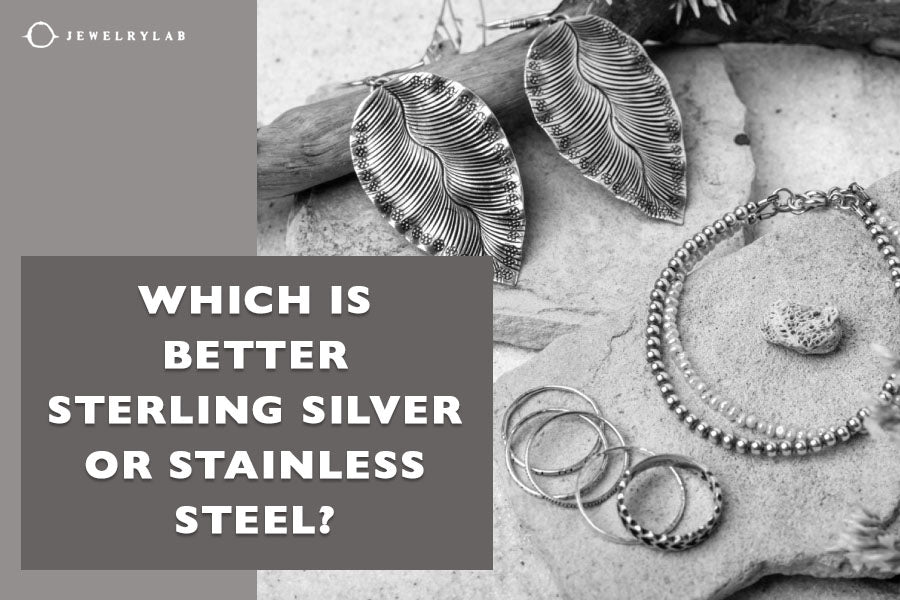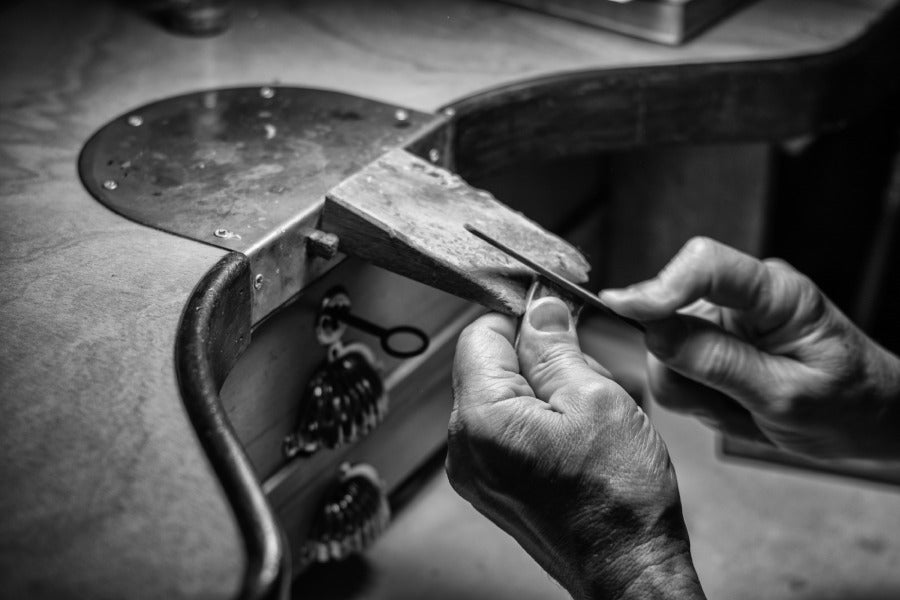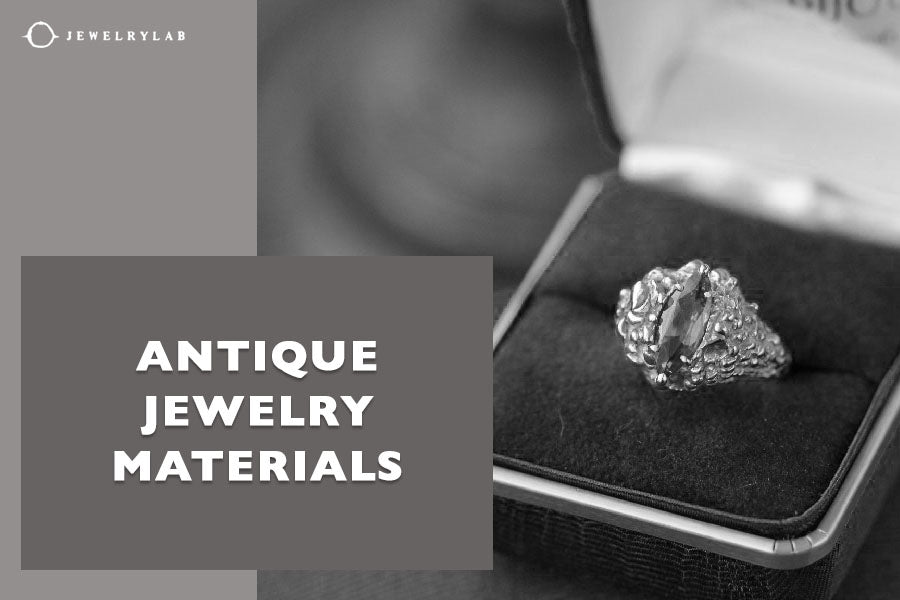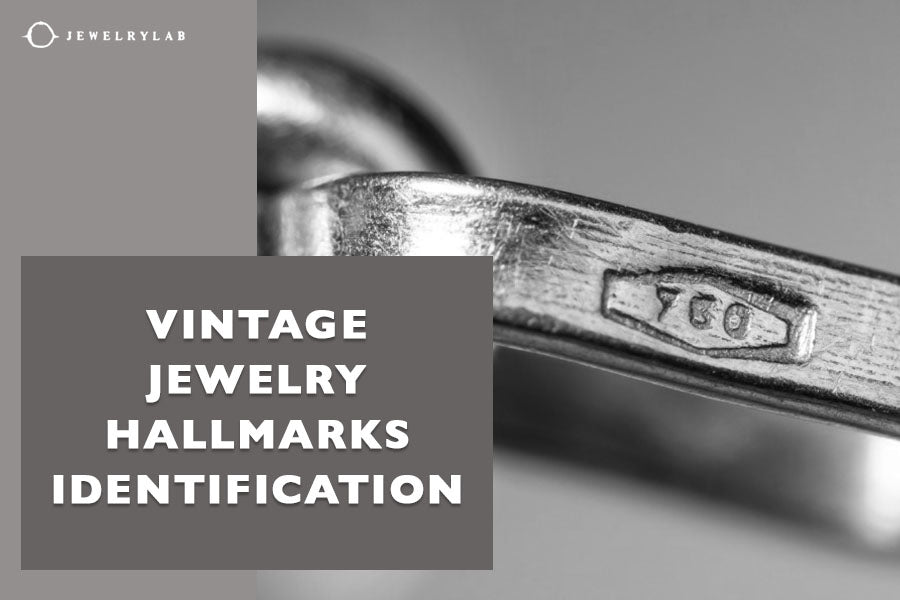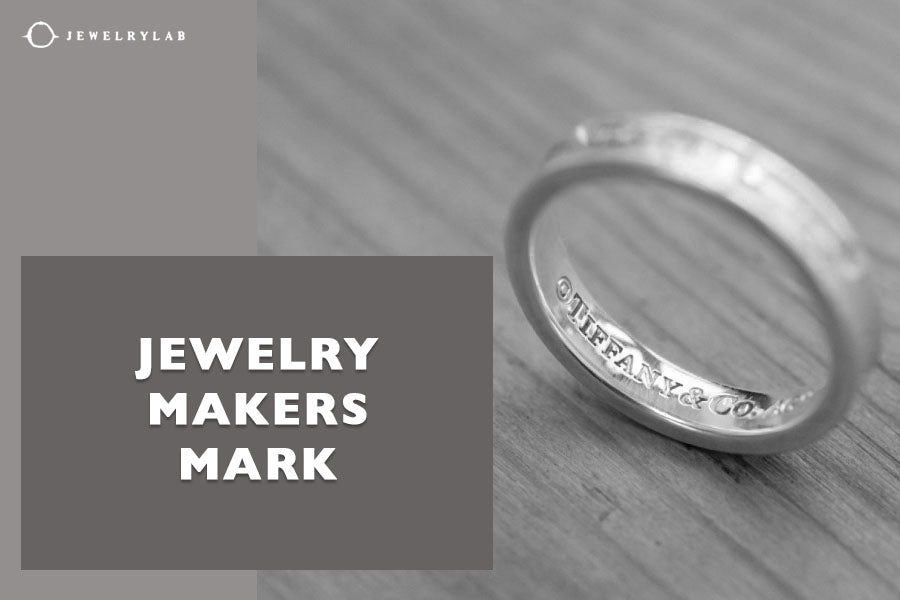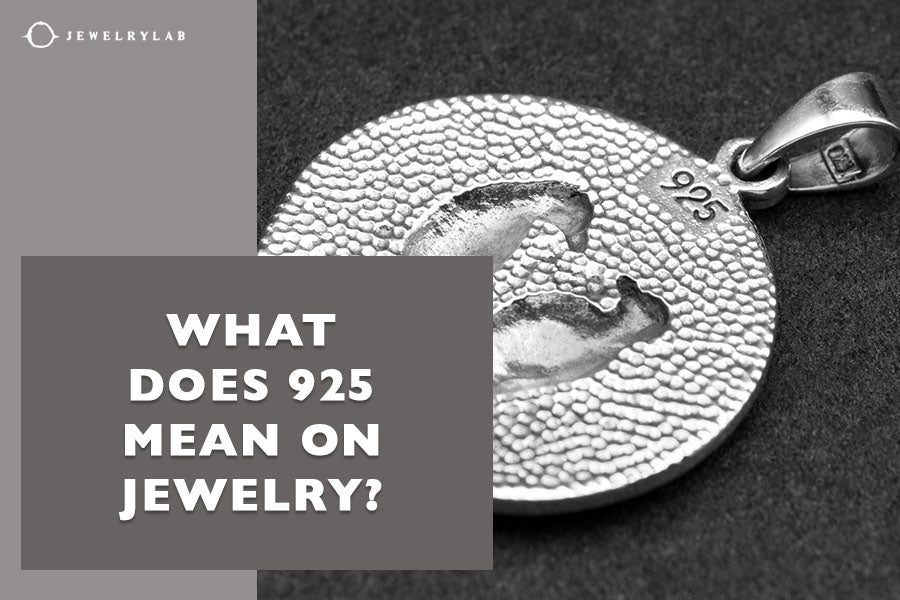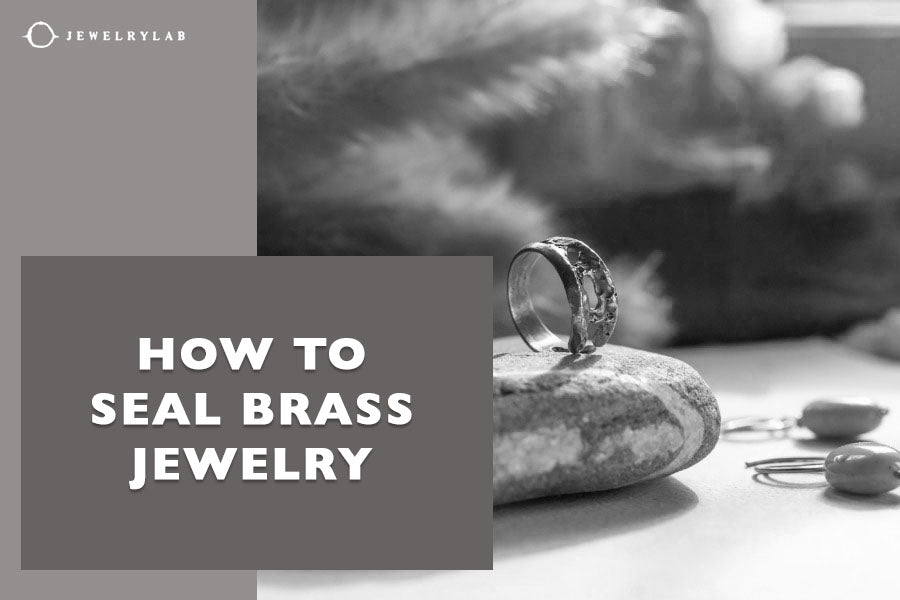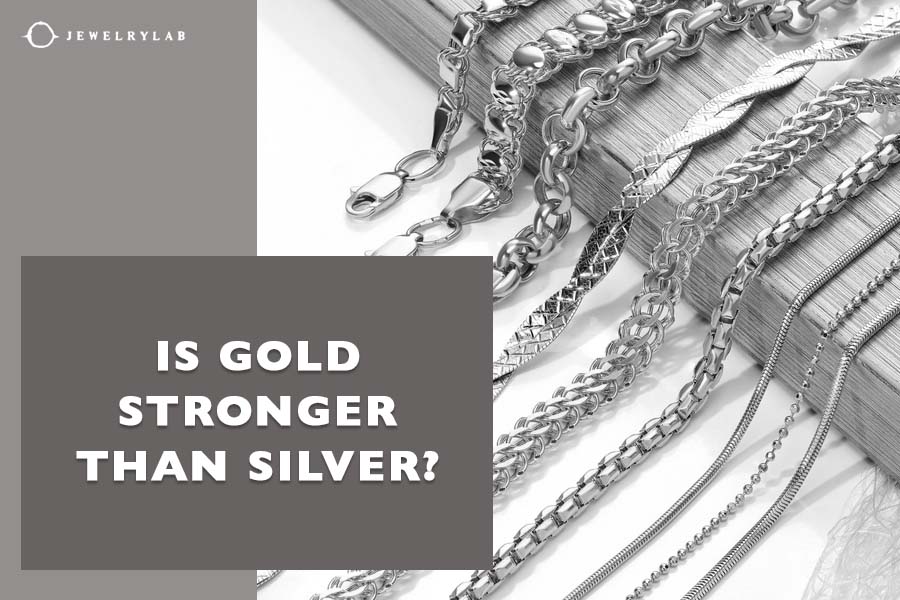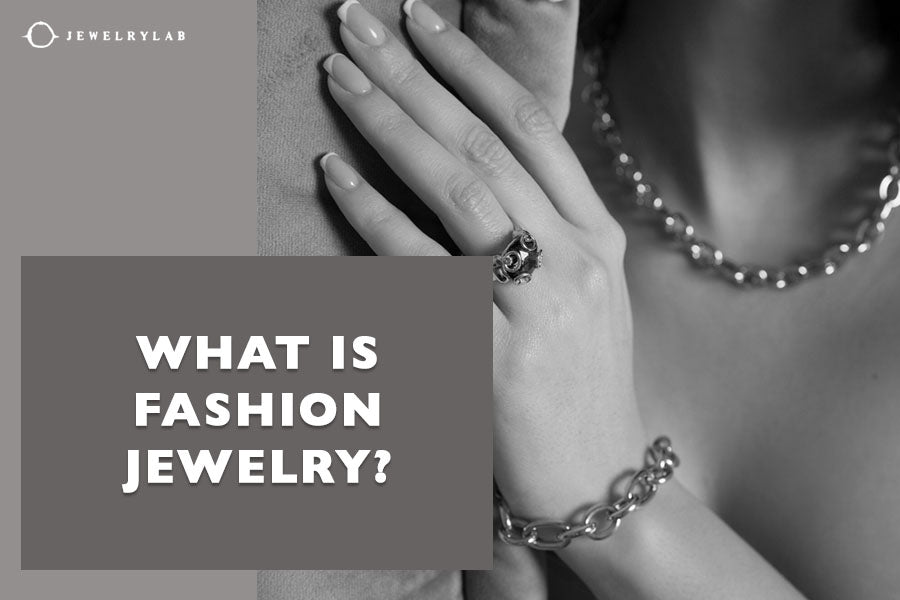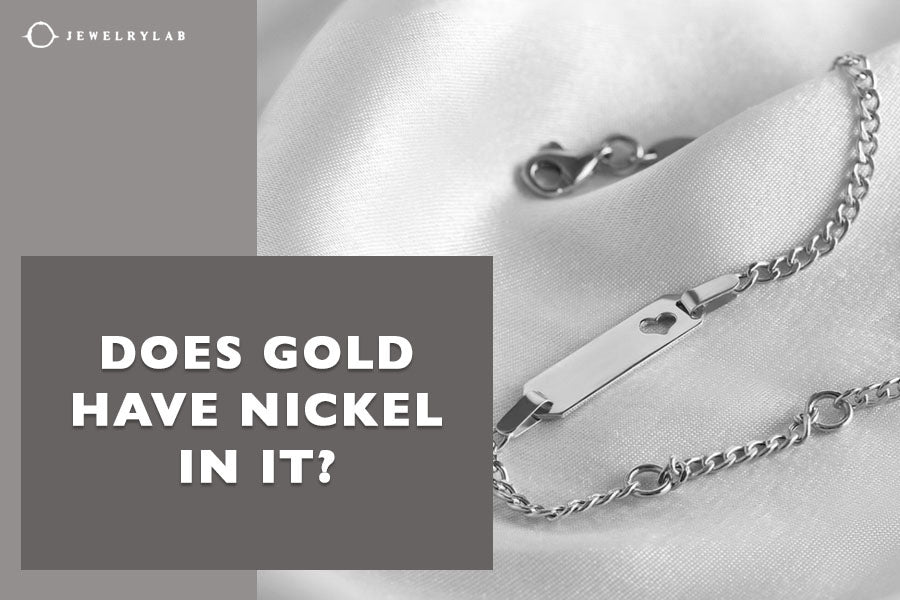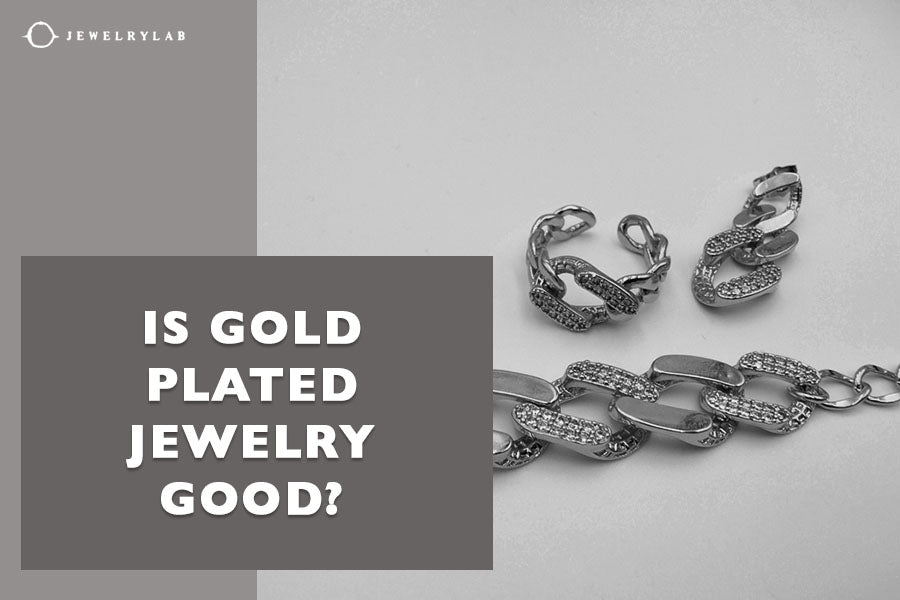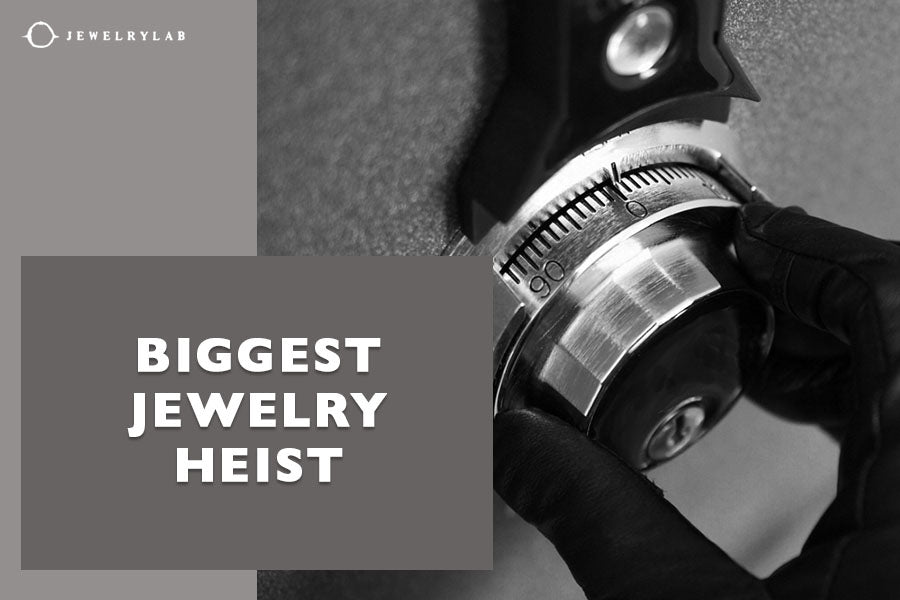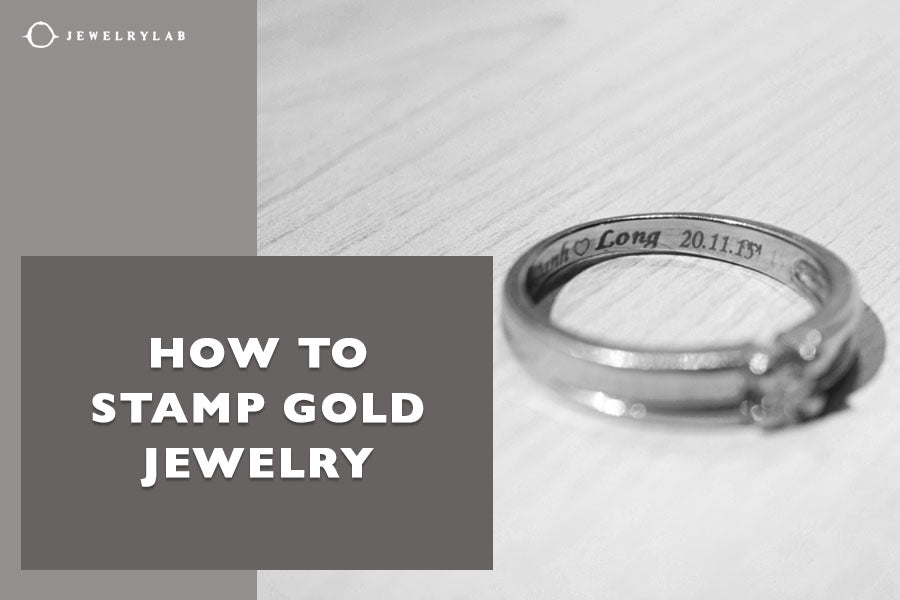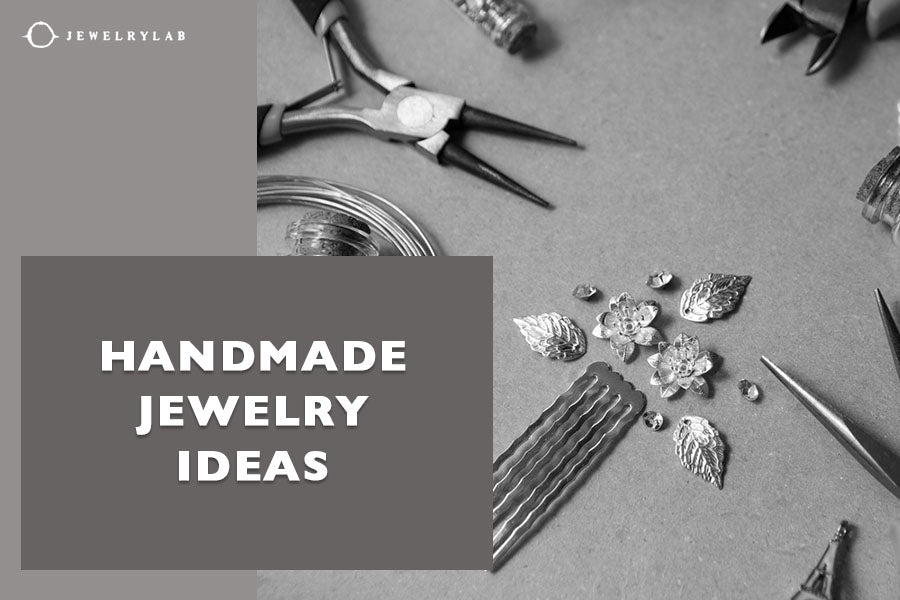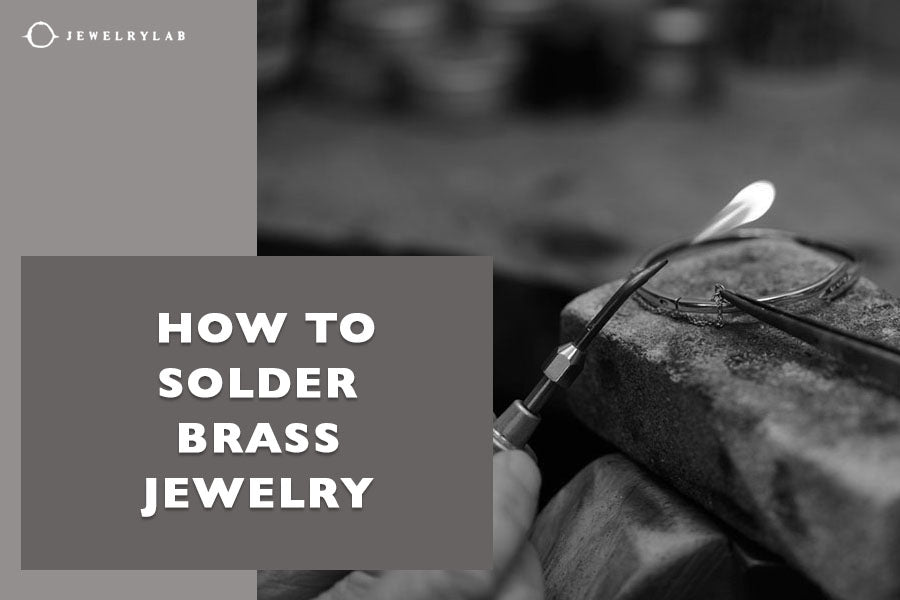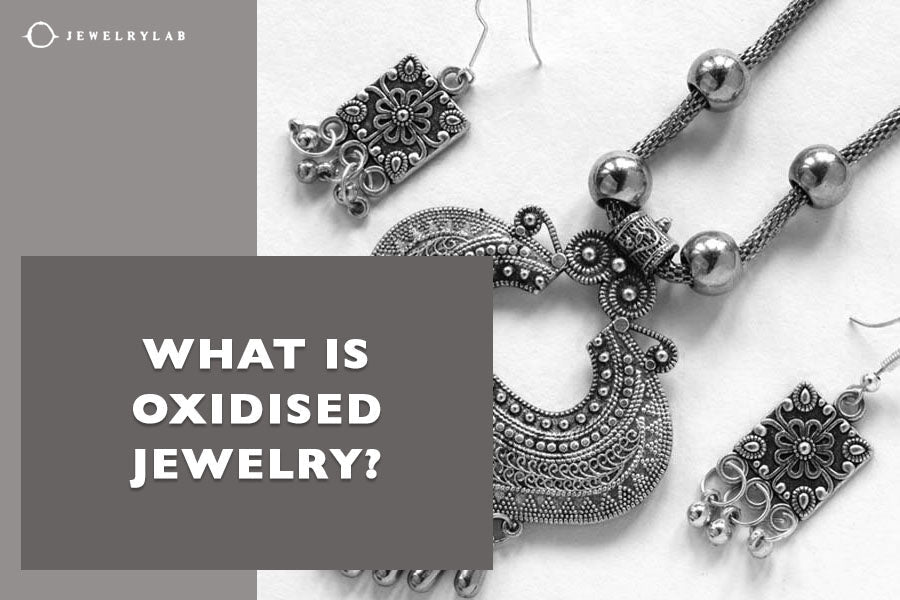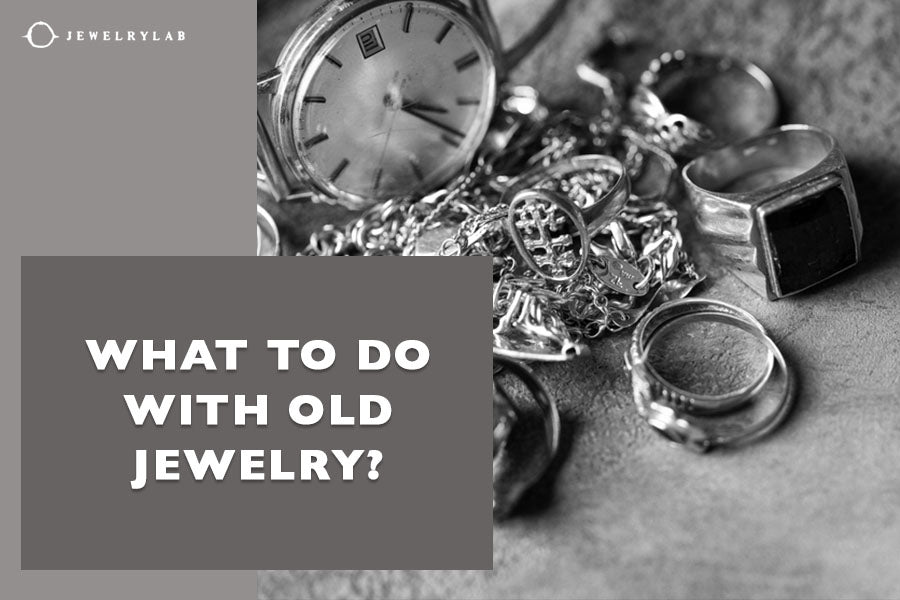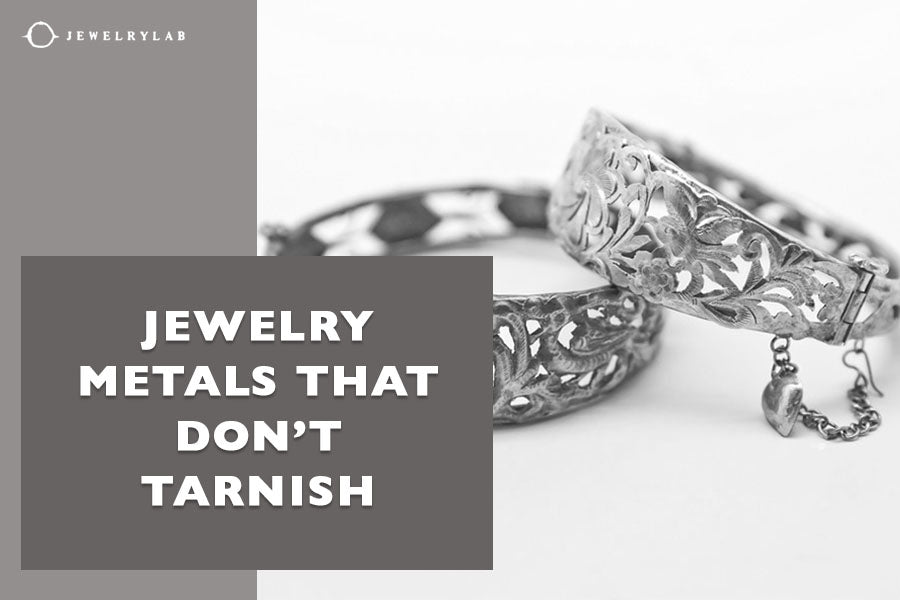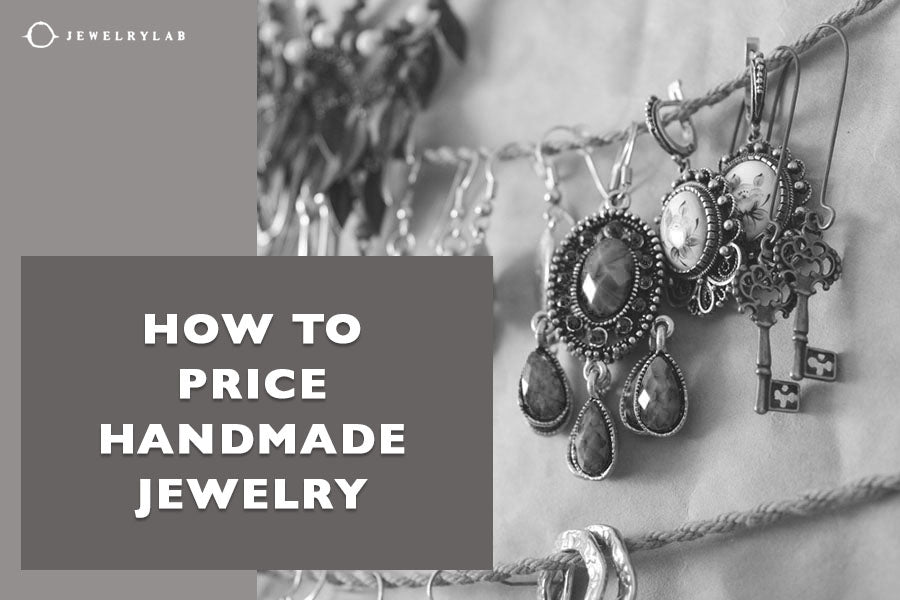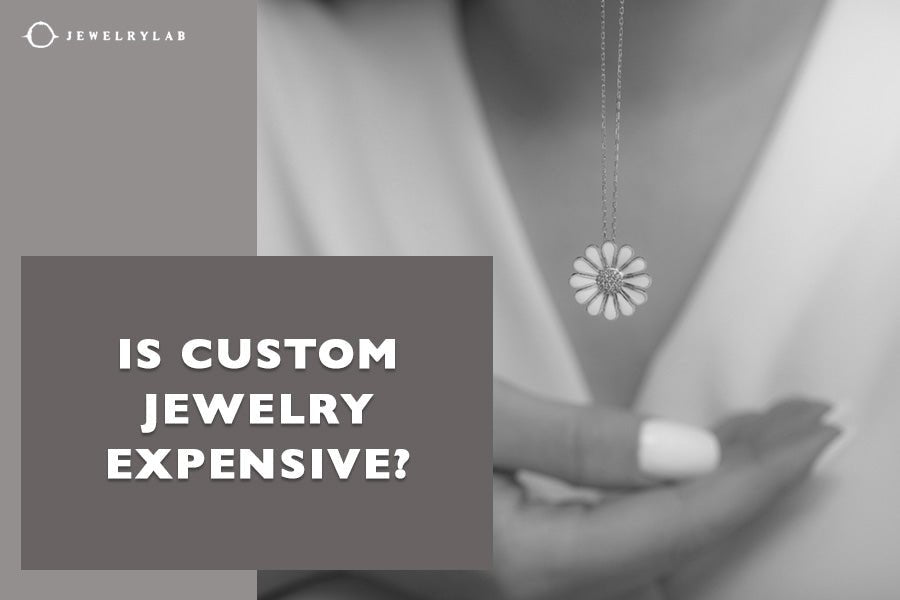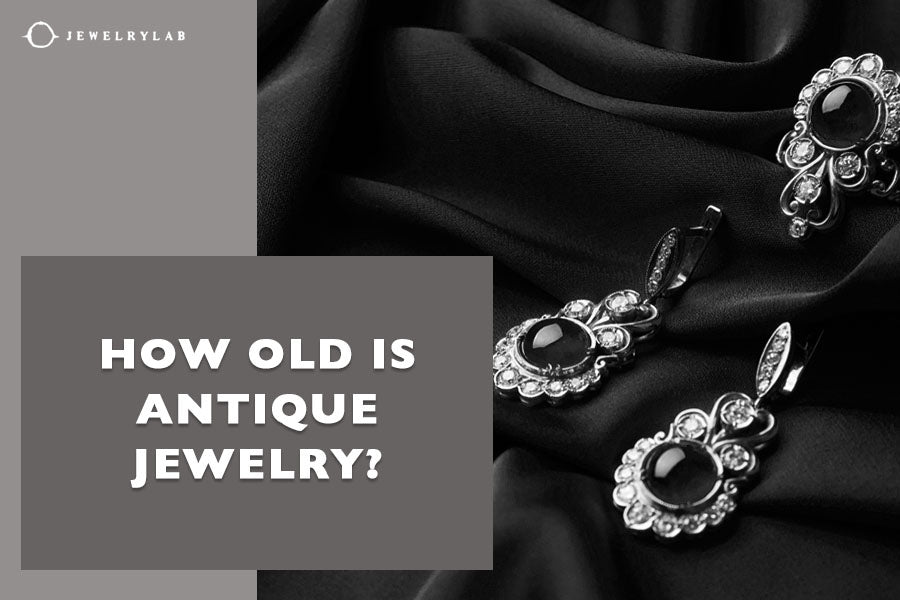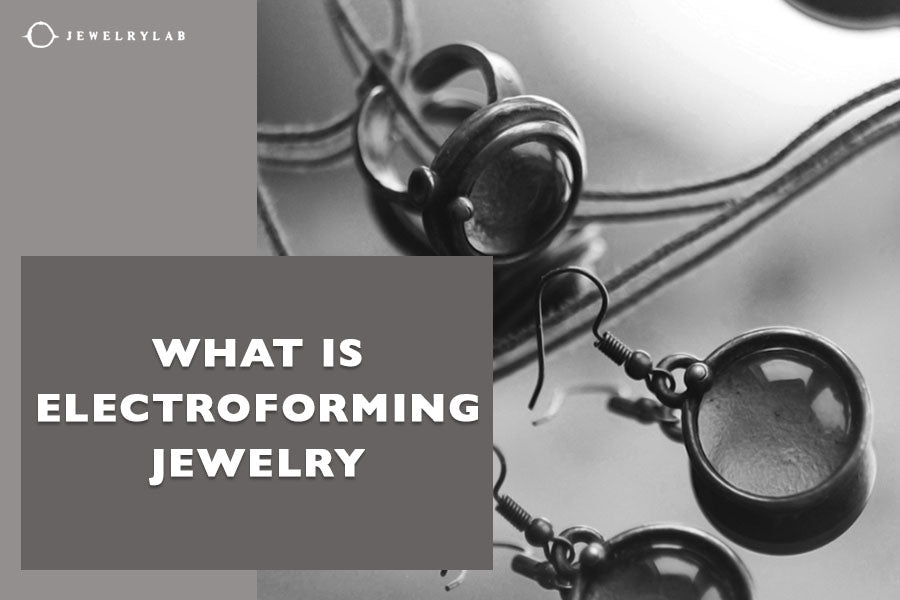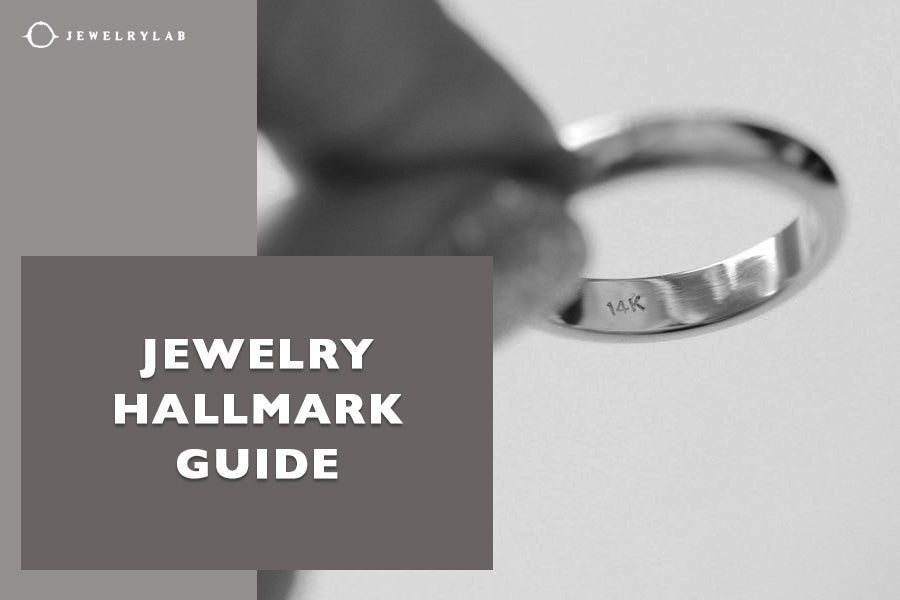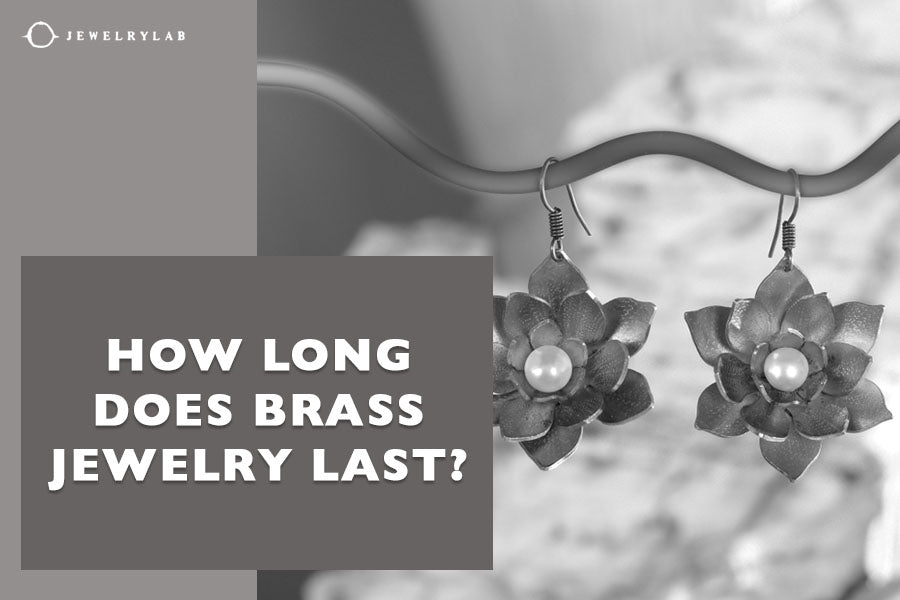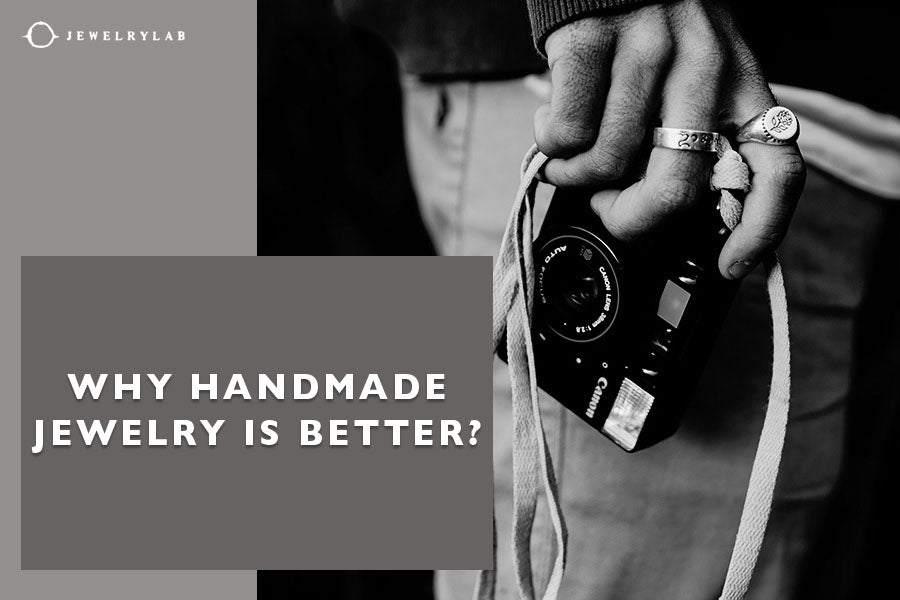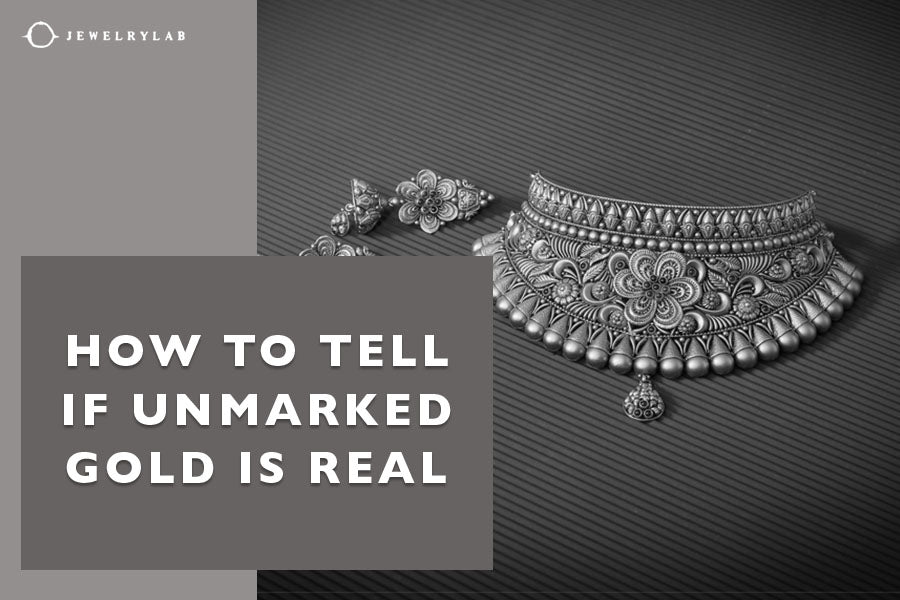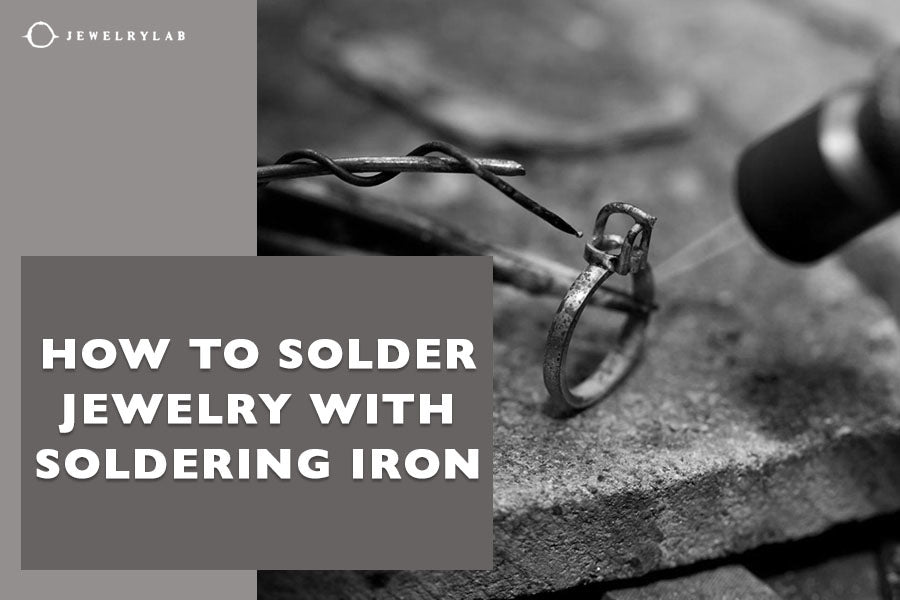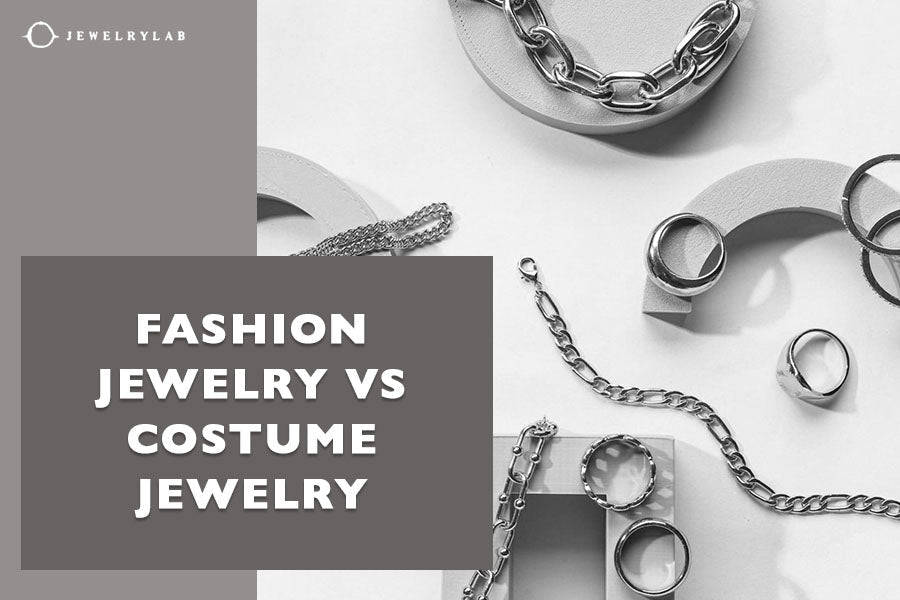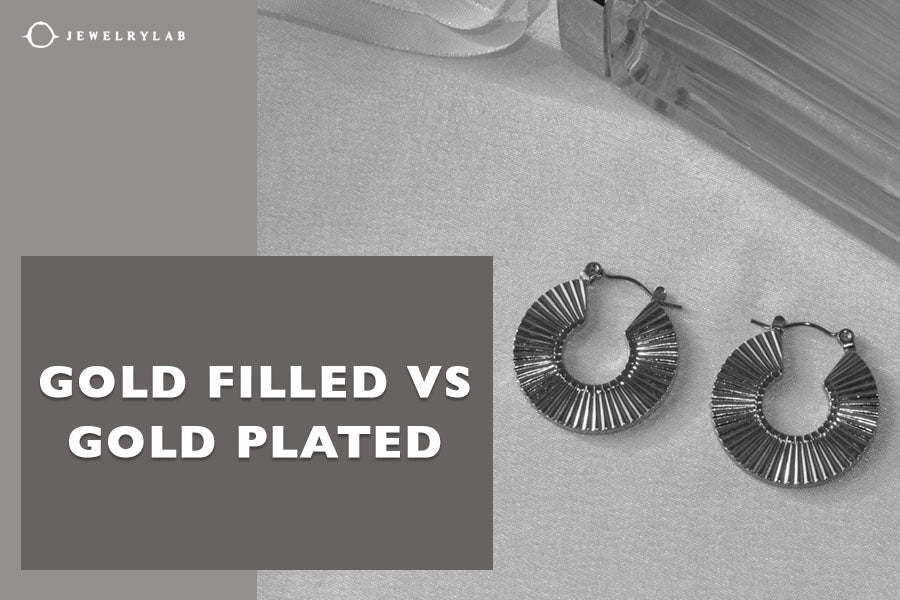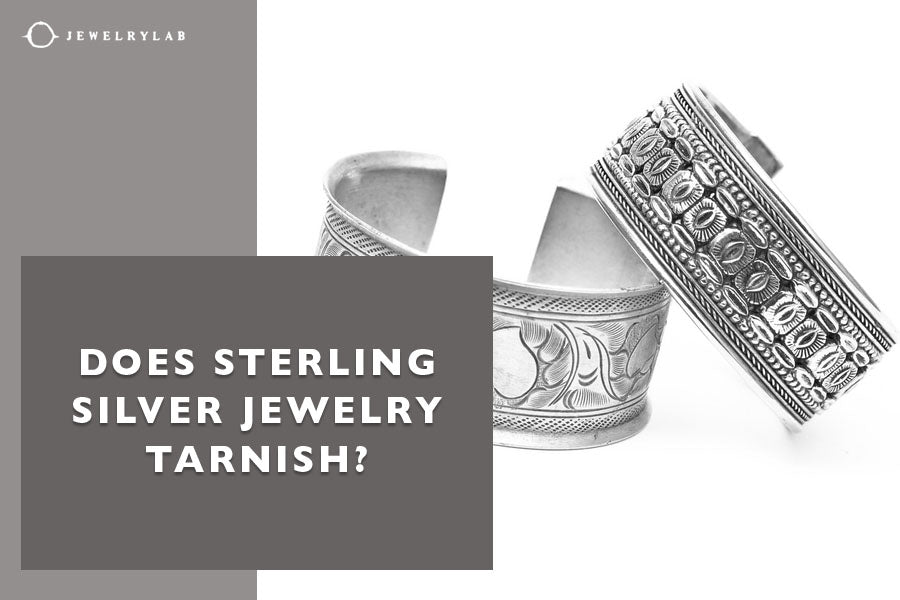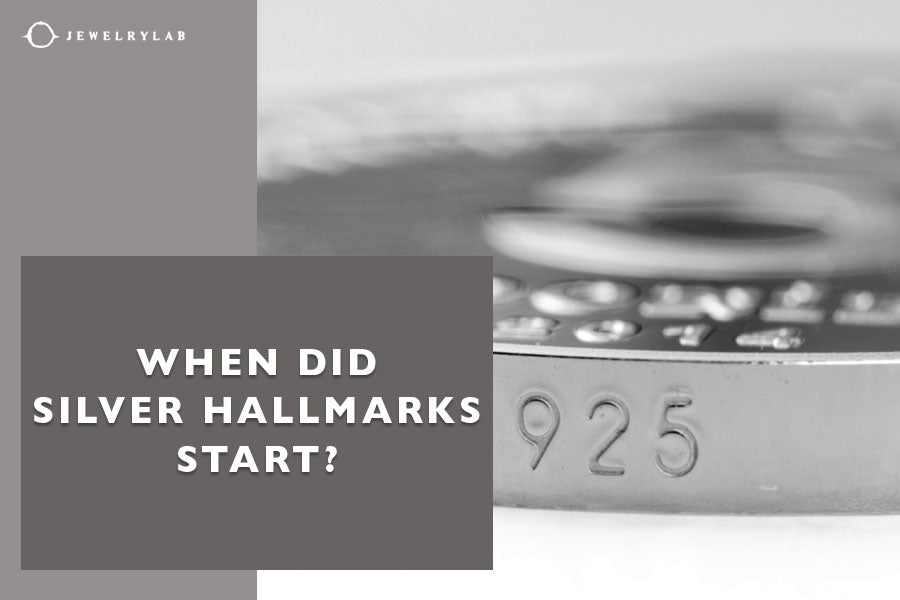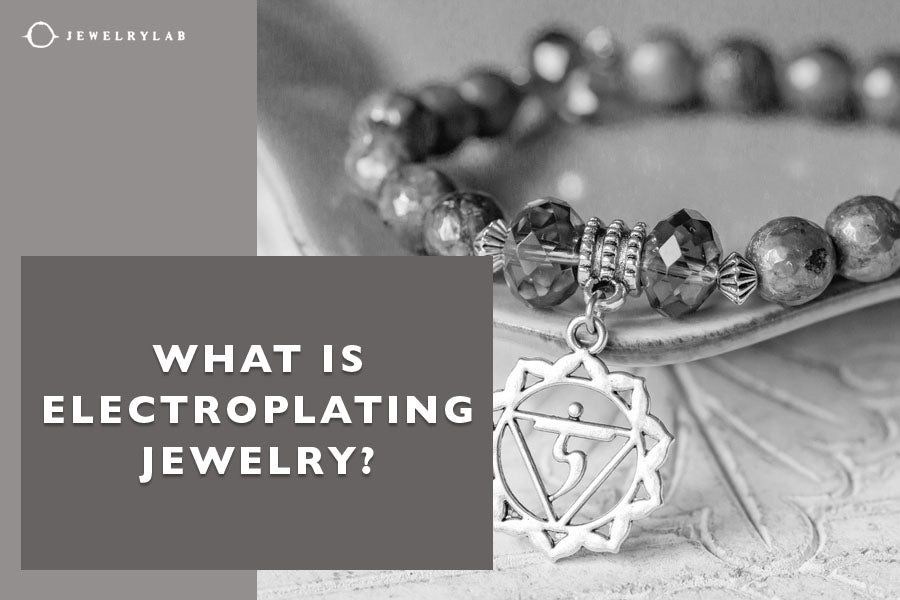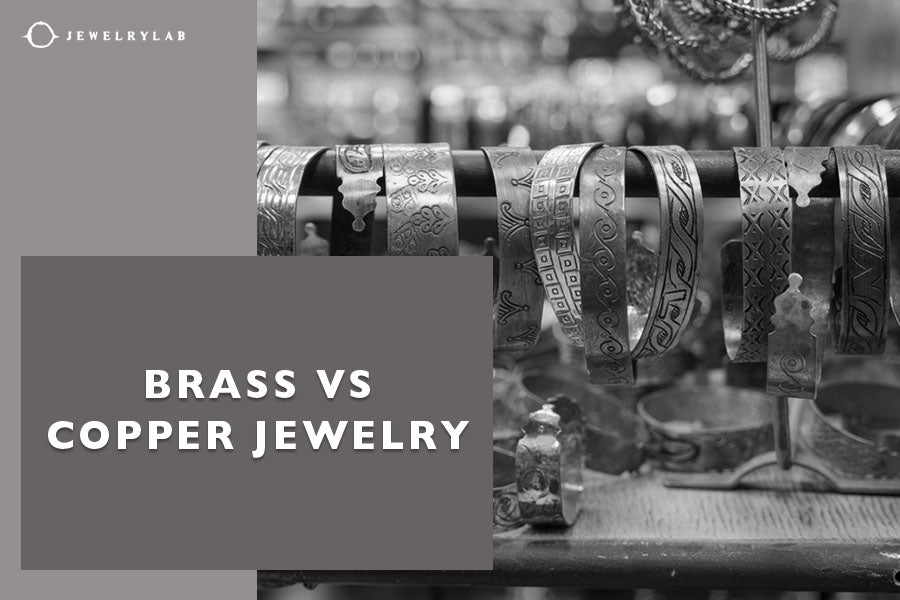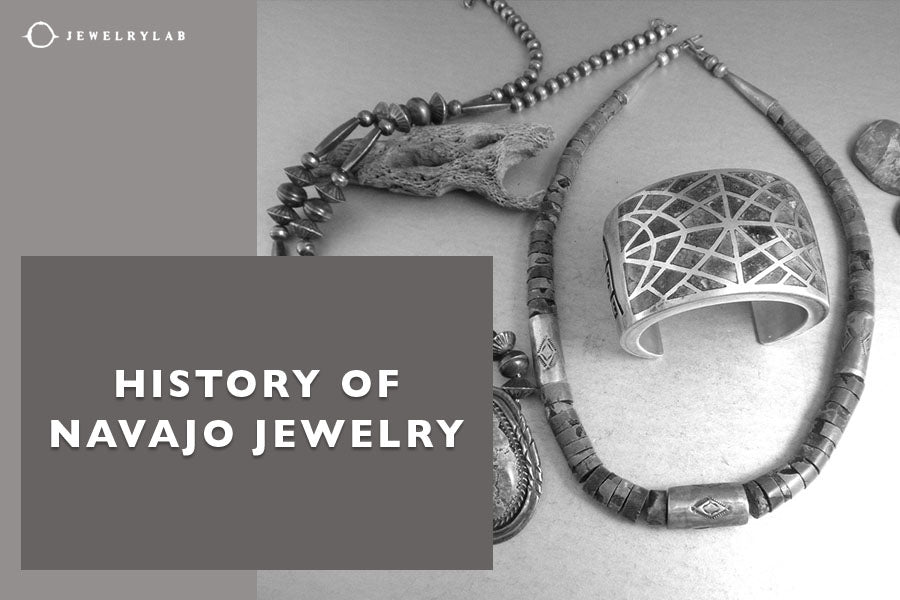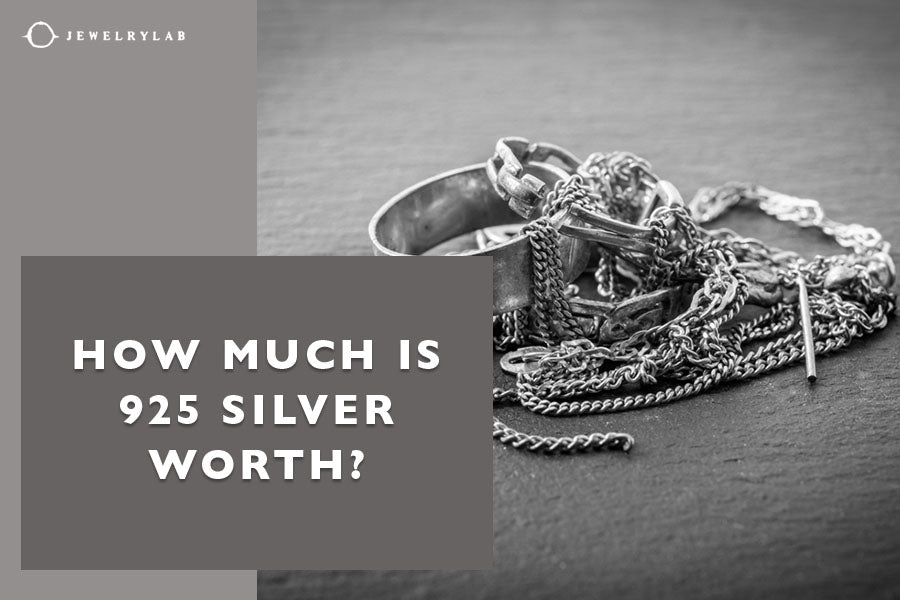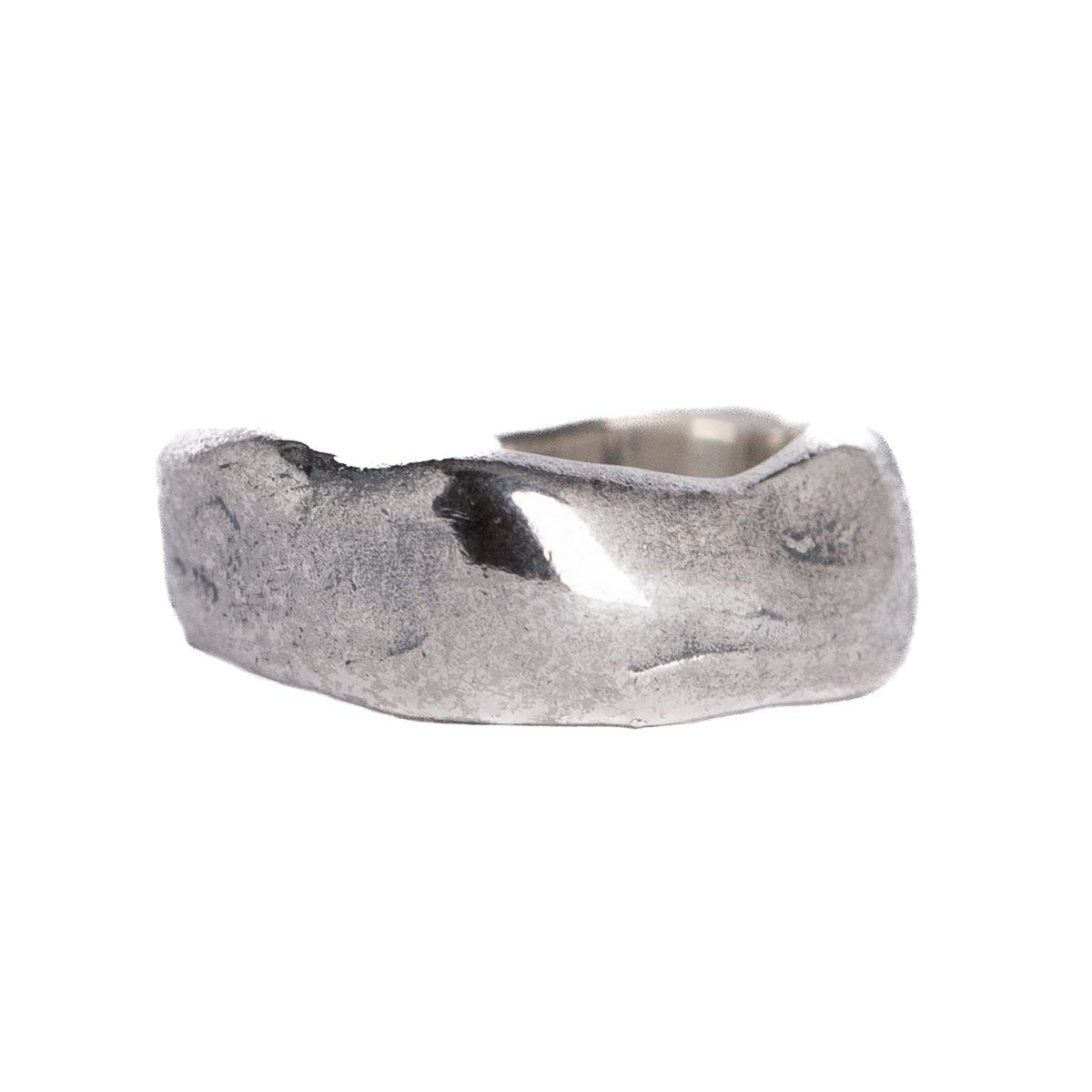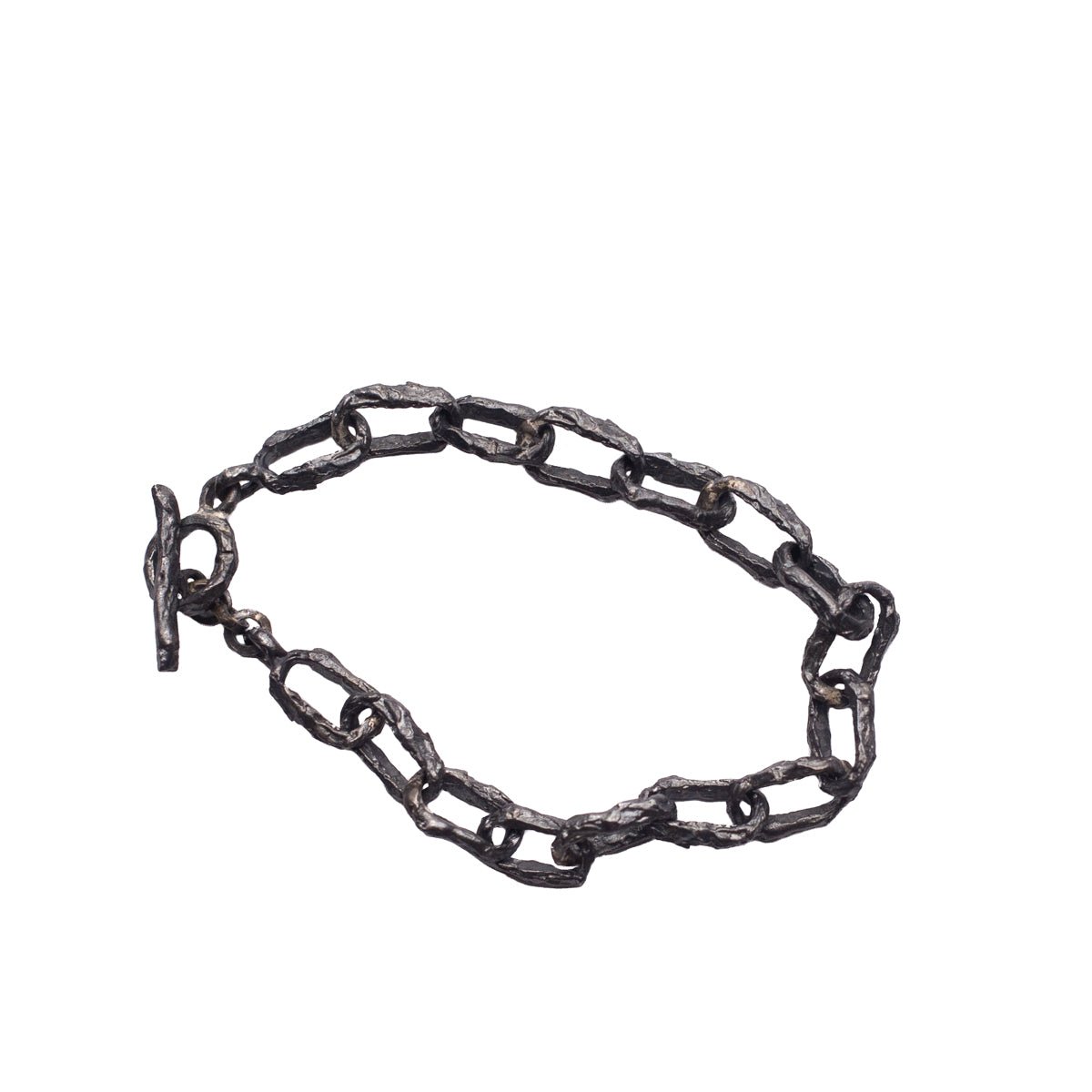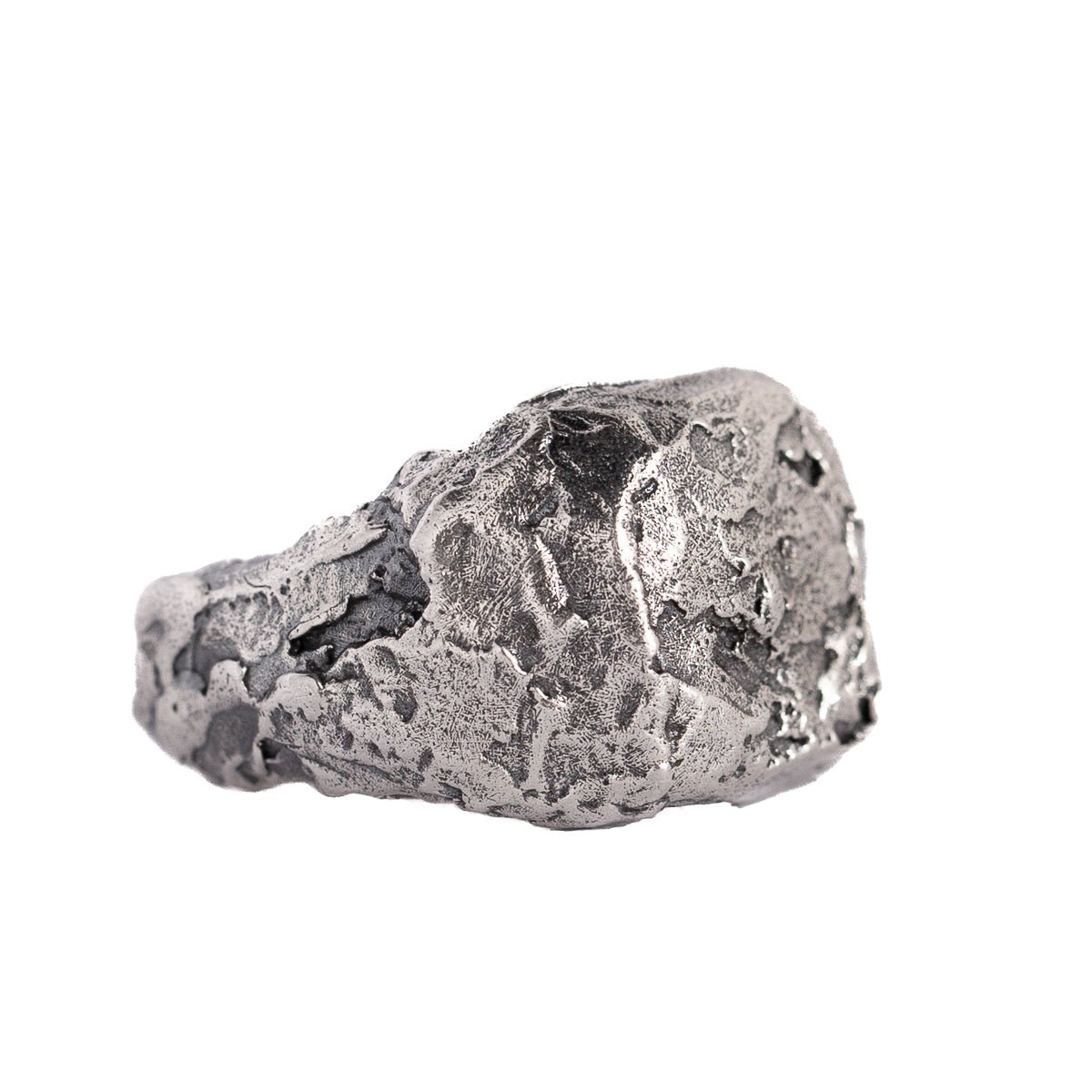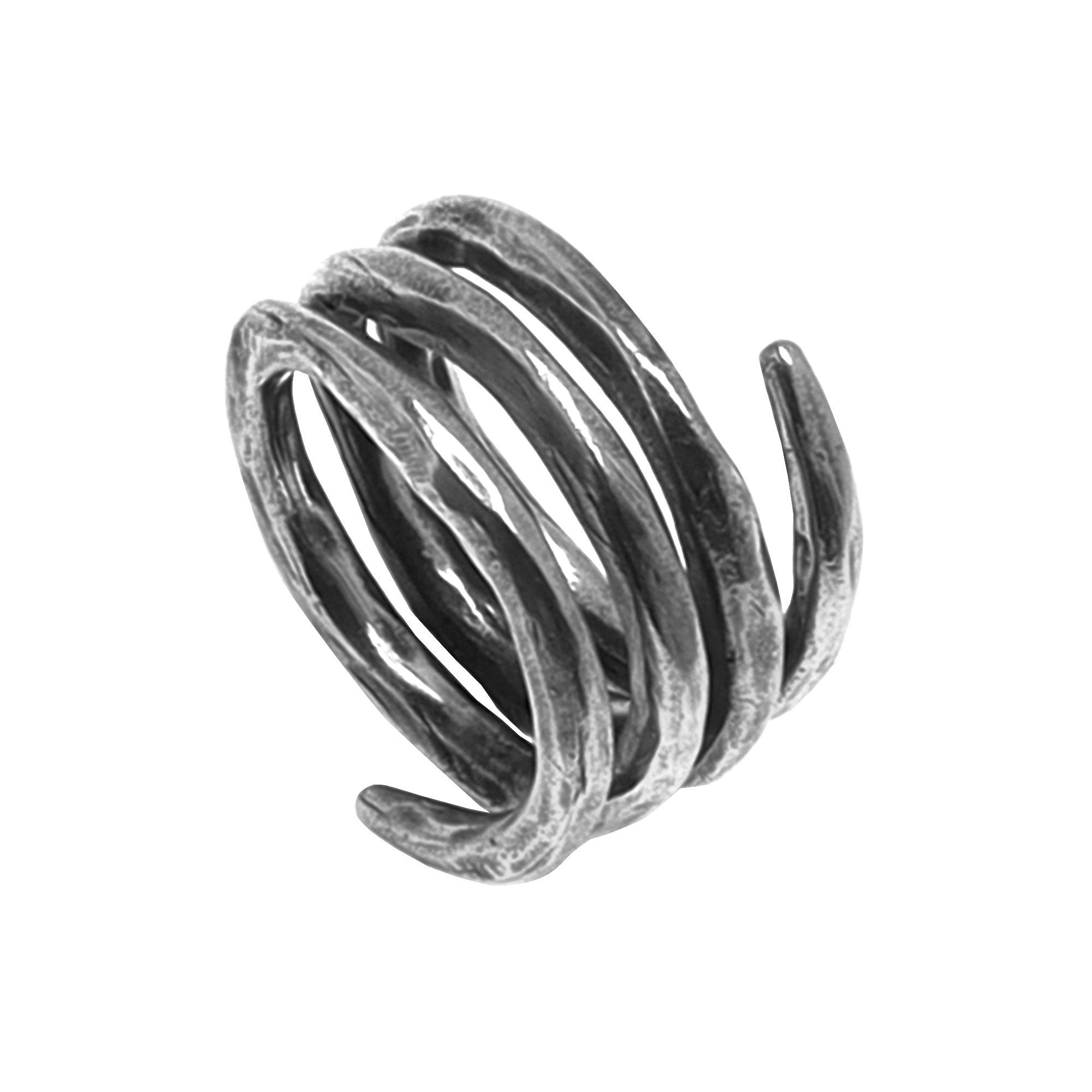by Jesús Zabala - 4 min read
How To Make Jewelry
How to make jewelry is a fascinating topic that has captured the attention of many people around the world. From classic pieces of fine jewelry to unique, handmade creations, jewelry-making is an art form that allows individuals to express their creativity and showcase their personal style.
- Jewelry making is the process of creating ornamental pieces worn for personal decoration or adornment.
- The materials can range from stone to precious metals, and the techniques are versatile and limitless.
- Various types of jewelry making incorporate different skills, so be sure to research the different types before you begin.
- Making your jewelry is a revelation.
- When you admire pieces through a glass case in a shop, it's hard to imagine that you could create dazzling earrings, sweet charm bracelets, and elegant necklaces with gleaming stone pendants yourself.
- When you're just starting, it's wise to experiment using inexpensive materials—buy wire made of base metal and some glass or plastic beads, for example, rather than fourteen-karat gold and semiprecious stones.
- Play around with the tools and techniques, trying our ideas.
- As you master the basics, you can turn your attention to the design of your creations—and that's the really enjoyable part.

Do you like bold pieces or more subtle ones? Is your sensibility classic, modern, or perhaps a little edgy? Whatever your style, people are sure to notice a piece you lovingly created by hand. There are numerous types of jewelry, but we'd be listing some:
Beaded Jewelry
- Beaded jewelry is the art or craft of attaching beads by stringing them with a needle and thread or thin wire.
- Beads used in jewelry are small pieces of plastic, glass, gemstones, or wood, typically round in shape, with a hole in the center for threading.
Wire Jewelry
- Wire wrapping is one of the oldest jewelry-making techniques, dating back 4,300 years in Iraq.
- It was traditionally used as a storytelling technique and is now used to make jewelry and sculptural artwork.
- The process consists of wrapping wire components over one another to connect them without soldering or heat.

Silver and Goldsmithing jewelry
Silver and Goldsmithing are the processes of shaping precious metals into jewelry and small pieces like cool rings by hammering, casting, soldering, chasing, riveting, embossing, and more.

Glass fused jewelry
Fused glass is used to fabricate jewelry components, like pendants and small wearables.
- You only need a kiln and a few simple tools to create a finished fused glass piece.
- Different types of glass and colors of glass make the possibilities of fused glass jewelry limitless.
- The meditative process of stringing beads, tying knots, and twisting wire does call for patience and practice, and along with a few fundamental techniques, you'll also need some specific supplies.
Luckily, they are readily available at arts and crafts stores (if there's no store in your area, you can find everything you need online), some of which are:
Chain, Clasps, and Wire
Chains, of course, are the starting point for many necklaces and bracelets (and even belts). The links may be delicate and dainty or big and chunky.
- You can invest in 14- or 18-karat gold or sterling silver, which will stand the test of time.
- Another option is to pay less for gold or silver-tone chains, or chains made of metals, such as brass, copper, steel, or even plastic; any of these will make beautiful pieces.
- Chains are usually sold by the foot (or the inch, for more expensive versions), which means you need to add the clasp yourself.
- There are several styles, most of which attach to a jump ring, a simple loop used as a connector. (Or you can buy a chain necklace or bracelet with a clasp already in place.)
- Use lengths of wire to turn a bead into a pendant or to join beads to one another.
- Choose fasteners, jump rings, and wire in the same metal and finish as your chains.

Silk Cord
- Use this strong cord for stringing beads for necklaces and bracelets.
- It comes in different colors and thicknesses and can be part of the design of a piece of jewelry (as when the beads are spaced along the cord and separated by knots), or it can be purely functional (as when the beads are flush against one another).
Pliers and Cutters
- To manipulate the thin wires and small links, you'll need both chain-nose pliers and round-nose pliers, as well as wire cutters.
- Chain-nose pliers have a tapered tip; the pincers are round on the outside but flat, with ribbing for grip, on the sides that touch.
- Use this versatile tool for opening jump rings and crimping bead tips.
- Round-nose pliers are also tapered, but the tips are completely rounded.
- Use them for making loops and wrapping wires.
- Use cutters for snipping wire. In any jewelry-making project, choose good-quality tools that feel comfortable in your hands.
Beads
Glass, wood, plastic, metal, or semiprecious stones—beads come in almost every material imaginable, as well as a vast variety of shapes and sizes (not to mention prices).
- Browsing at a specialty bead store is a great way to familiarize yourself with what's available and to get inspired.
- To keep beads from rolling around, plan your design by laying out the beads on a towel, felt, or a bead design board.
Above all, bring your creative juices to the workbench! There are so many possibilities when you start to fabricate jewelry.

-
DESIGNED & HANDMADE IN BALI
-
FREE RESIZING FOR EVERY PIECE
-
FREE SHIPPING ON $150+ ORDERS
-
100% SAFE & SECURE CHECKOUT

